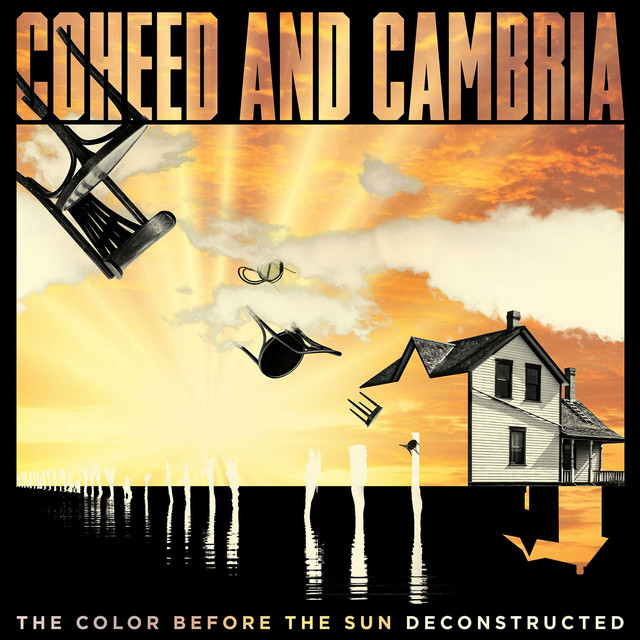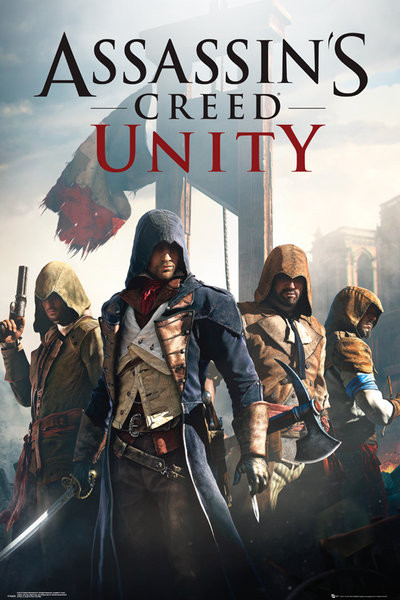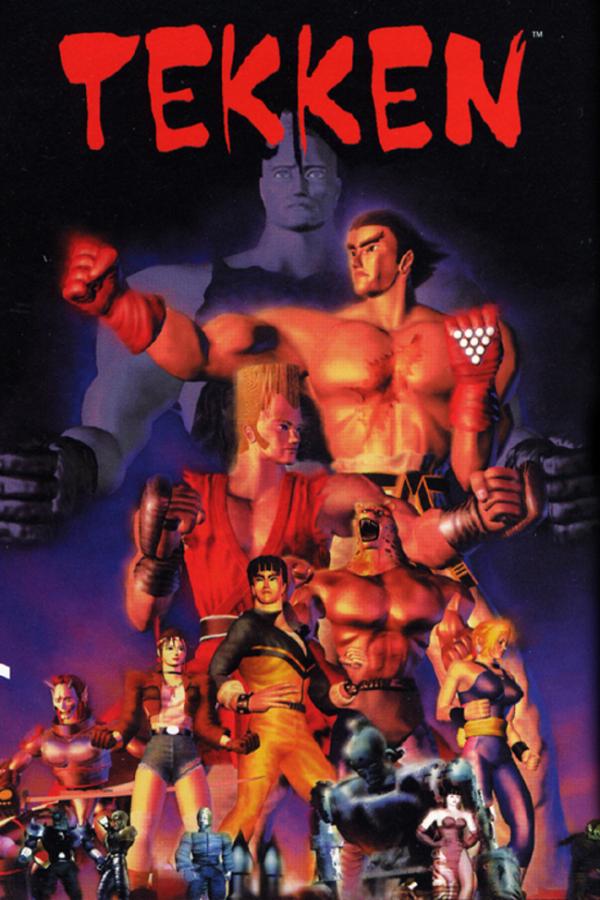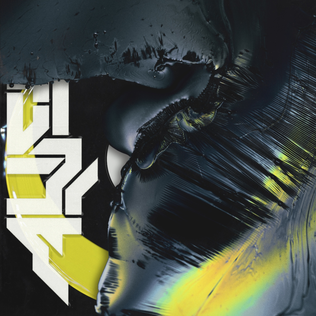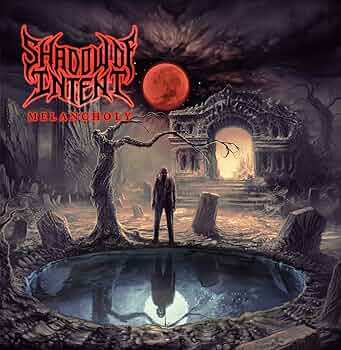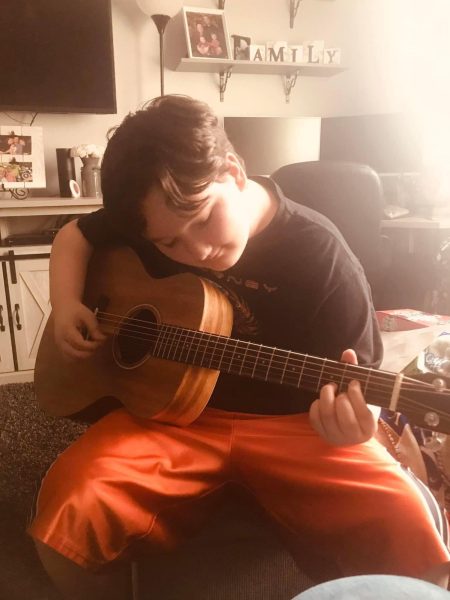After multiple albums covering the darkened space odyssey from the prodigious mind of Claudio Sanchez, both narratively and musically. However, in between these pop-punk classics and constant tides of change in the world of the Armory Wars was a slight break. This breather reestablishes their musical mastery while providing more personable lyrical themes. In 2015, The Color Before The Sun (TCBTS) was released as a grounded take on the band Coheed and Cambria’s well-founded sound and image. To see the true impact not just on myself, but on the band, I want to break down each track and analyze it.
“Island: 4”
The album opens with “Island,” which I would call the “modern sound” of Coheed and Cambria. The song works in direct contrast with some of their earlier work, especially around the era of Good Apollo. They seem to back away from their more methodical riffs and melodies to energetic consistencies. The choruses throughout the album are lined with more shoegaze that leads back to Sanchez’s melodies. It is a super strong start to the record and adds momentum.
“Eraser: 4”
I was absolutely flabbergasted on first listen when they took a direct left off the cliff of progression and straight into the valley of nostalgia. Between the easily consumed rhythm sections and the epic choruses, they refurbish their approach to songwriting of The Second Turbine Blade or at times No World For Tomorrow. It is a perfect whiplash that lays the shaky but effective foundation of TCBTS.
“Colors: 5”
Next, we move into the first ballad-esque track of the album, “Colors,” a soaring piece of work that I would say reflects the name of the record and even the album artwork. This methodical song shows the effort that Travis Stever put into the choruses. Again, holding down the melodies with his thin atmospheric work. The aspect I always love about this song is the lyrical nature of how each color in the morning is the metaphorical presentation of how an individual’s identity changes in time.
“Here To Mars: 5”
Continuing on, listeners encounter another oddly placed track. “Here To Mars” is a pure emotional rollercoaster that encapsulates the emotional heaviness that Coheed and Cambria have used numerous times before. In comparison though, it brings another dimension of sorrow with the lyrics exploring fatherhood and the flaws of being a touring artist. I can’t reiterate enough the importance of Coheed and Cambria’s simplistic, but ever-changing structures throughout their work even within the tracklisting.
“Ghost: 4”
For the only interlude within the album, it’s super sombre and feels more like a demo. Obviously, this track does not have anything memorable parts or hooks, but it is super beautiful and inherently affected the way I viewed a lot of their acoustic work.
“Atlas: 5”
Listeners return to the more upbeat side of the record with “Atlas,” a continuation of the foundation of this album. There is something about this specific chorus switching around those principles with the more rhythm-heavy verses now in the place of the choruses and vice-versa. Also, Sanchez combines his powerful vocals with super meaningful lyrics. I have to commend Josh Eppard who absolutely kills it on drums and carries the energy perfectly and consistently. It is probably one of the strongest tracks on the album.
“Young Love: 3”
All momentum is halted with “Young Love” which I find cheesy. Just the exploration of the heavy themes of parenthood and masculinity, with dynamic outlooks on loss, “Young Love” (a naturally romantic song) completely waters any substance it has. I think my disdain for this track comes from knowing the poetic hold Sanchez has on the genre.
“You Got Spirit Kid: 5”
Luckily, listeners return to another single, “You Got Spirit” that reintroduces that newly-placed style with a little bit of a traditional pop punk application. It is radio-friendly, which in hindsight shows the band’s maturity and willingness to work within the guidelines (somewhat). It is honestly a fun listen and is the first Coheed and Cambria track I ever listened to.
“The Audience: 4”
Honestly, this took a long time to think up anything to write. The Audience tends to be a little heavy handed in its approach to the grandiose nature of the top half of the album. Claudio and Eppard walk this line, in refutation Zach Cooper’s lower end really comes out of its shell on thai track. It puts the listener in a weird juxtaposition, that the only answer i have, it’s a masterful take on the progressive rock formula. It’s unbelievable how great this track was and runs in correlation with the top half’s success without Coheed just copy and pasting the same pacing or even instrumentation.
“Peace To The Mountain: 4”
Finally, this wasn’t really what I was expecting. Peace is a perfect finale but with a soft landing. It really sums up the beauty of this album with the more Americana-esque approach to instrumentation. Unlike Colors, Peace To The Mountain shows off the fullness of TCBTS in The Audience and a lot of the pop-punk aesthetics. Even though it’s not your traditional ending, its lyrics cover themes of resolve. The very idea of acceptance at one’s state, for that it’s genius.
Overall, this album made me rethink my approach to certain discographies and how even though some mediums are so natural, they naturally need breaks. However, we can use those skills to apply what we learned to other mediums and activities to create a fresh perspective hence forth, their following arcs, The Unheavenly Creatures. It’s not just a perfect study, but one that’s very simplistic.

